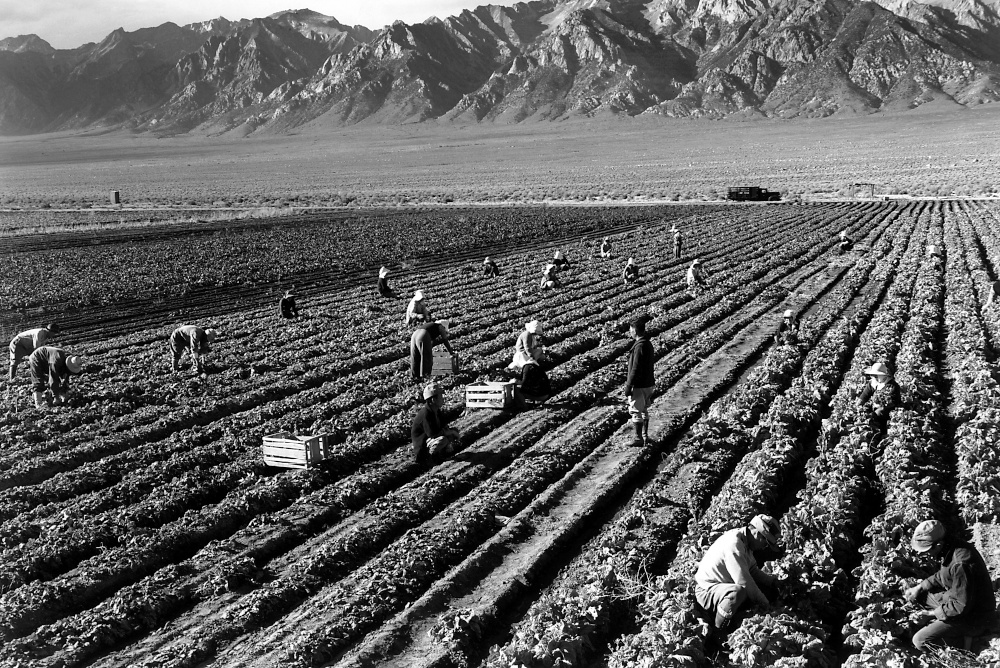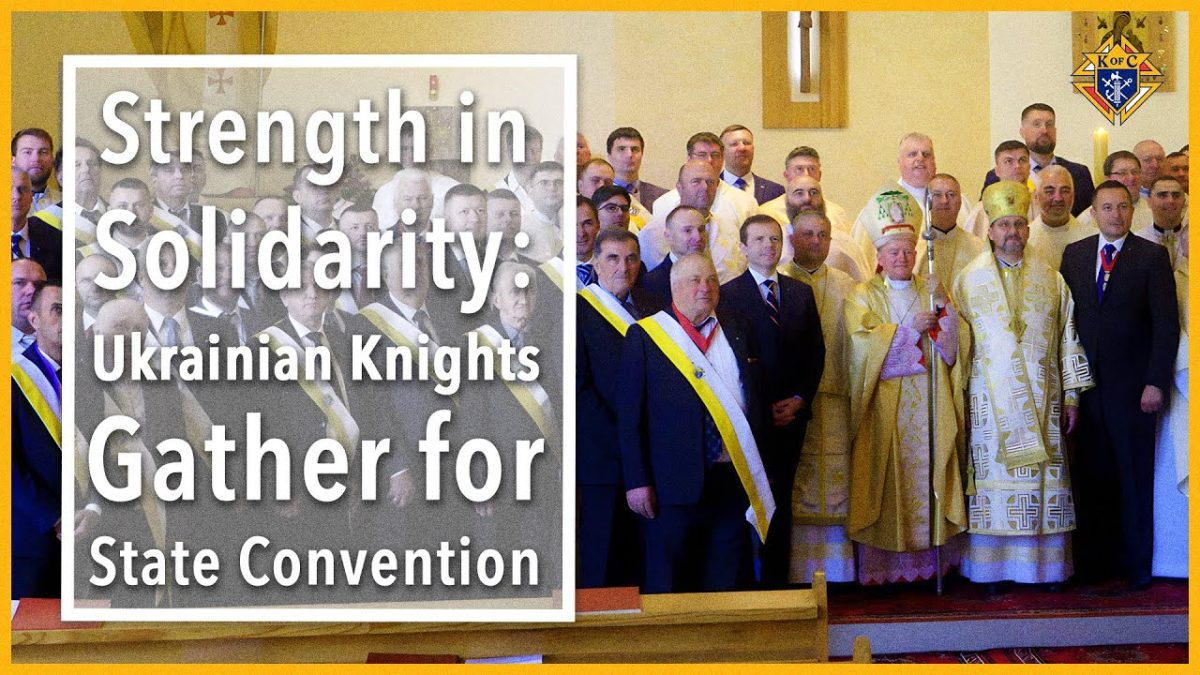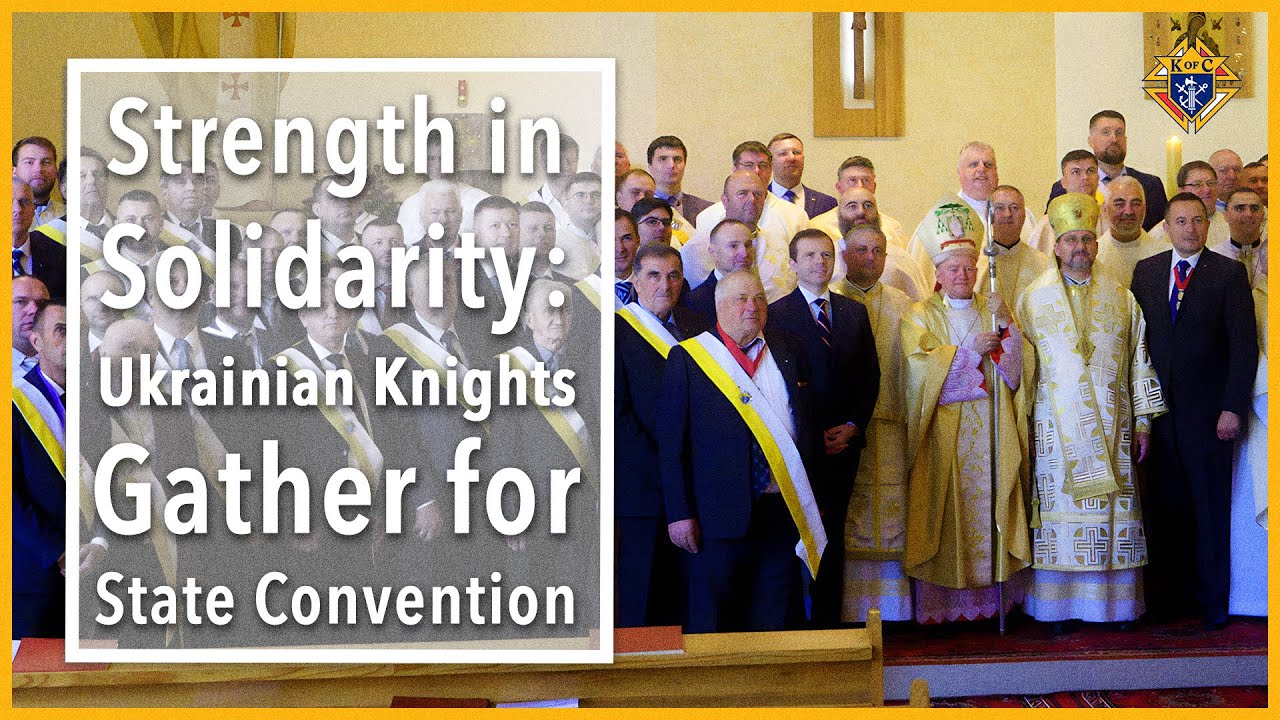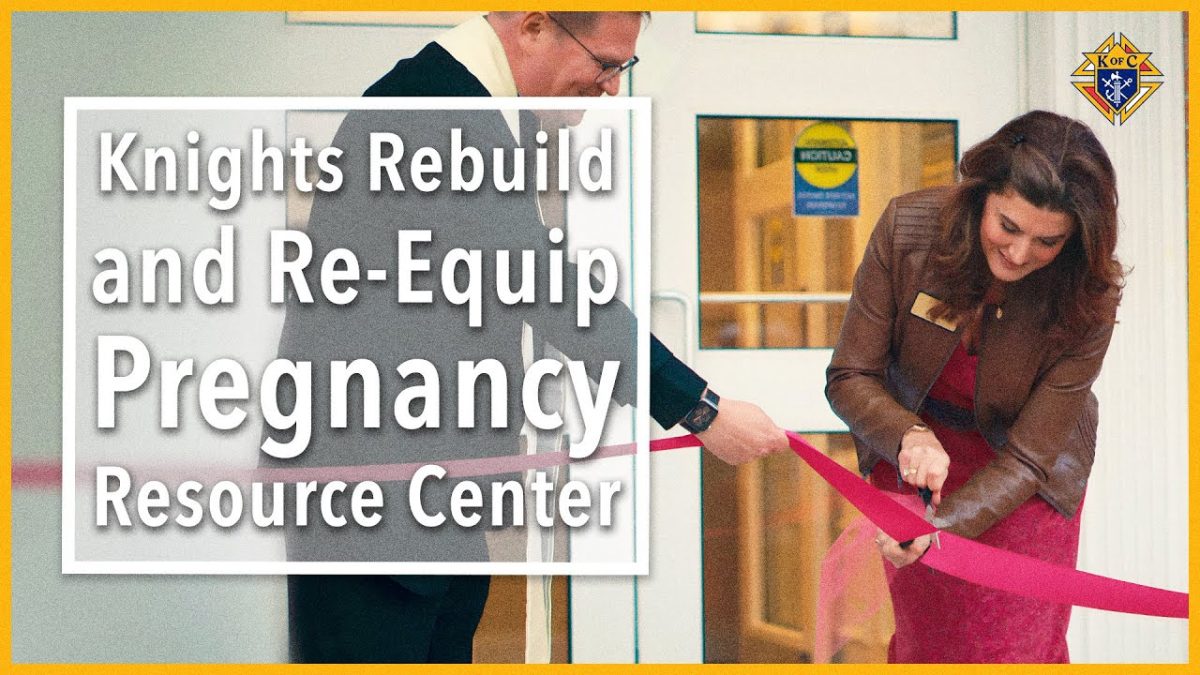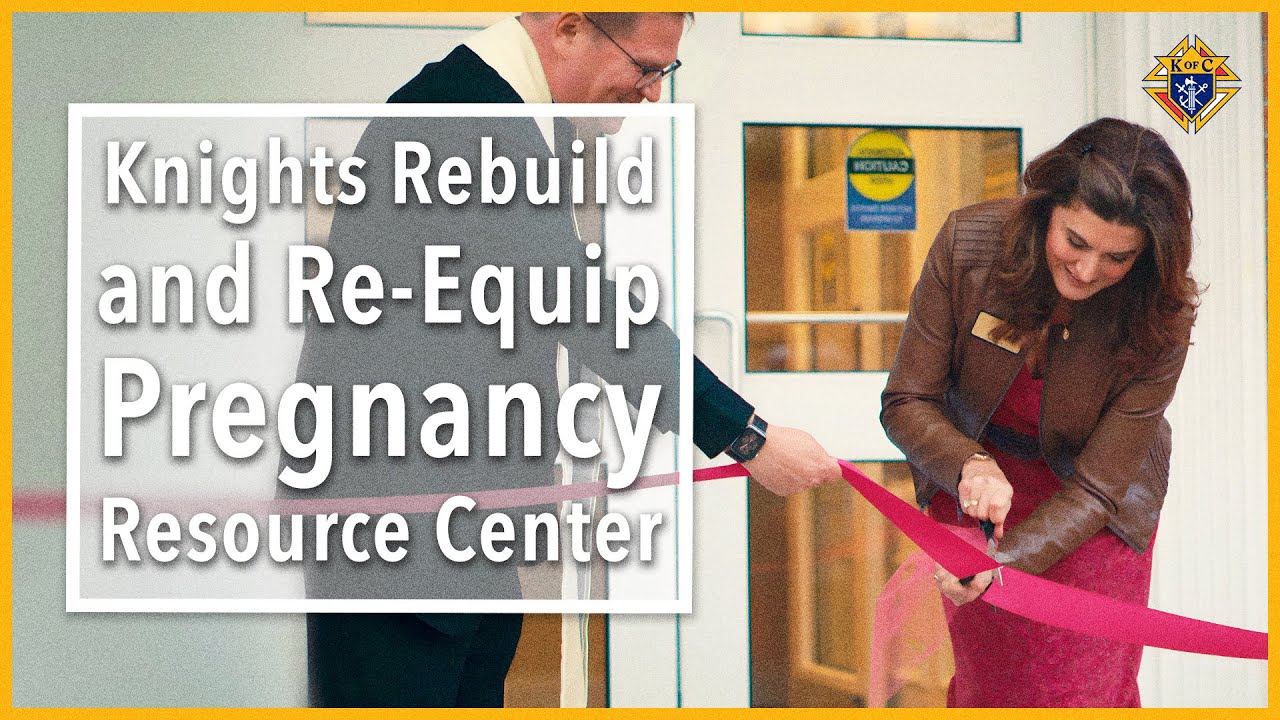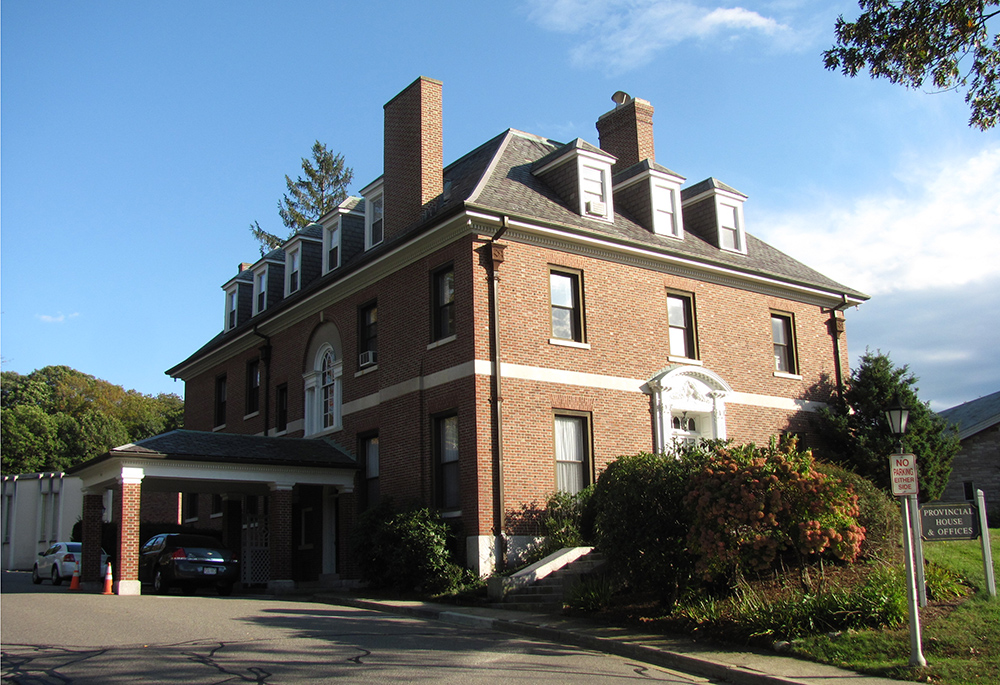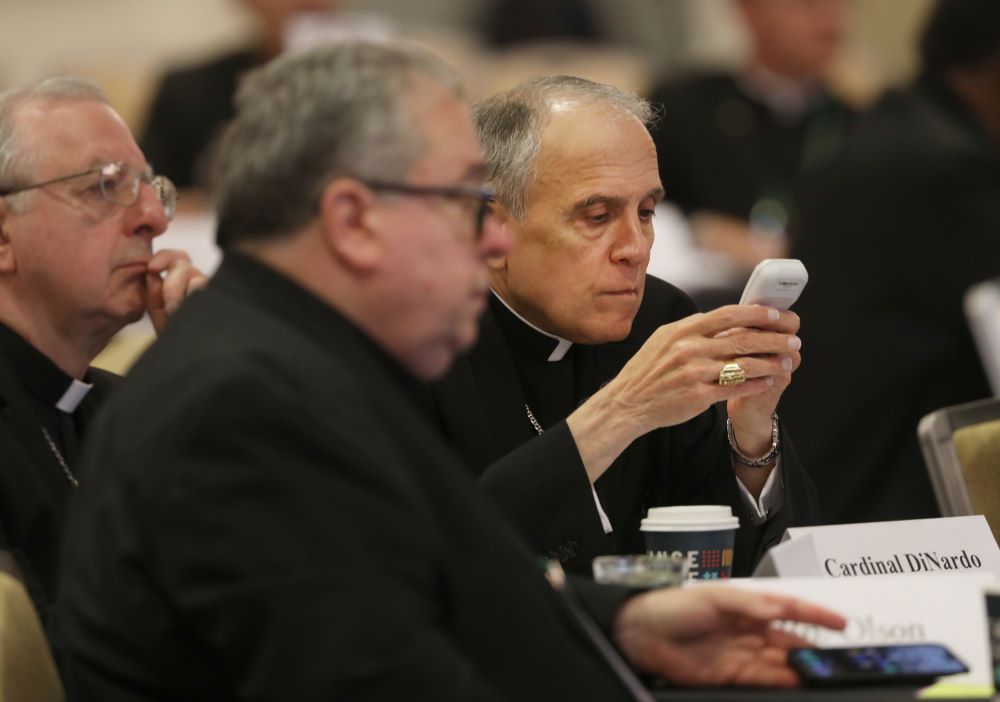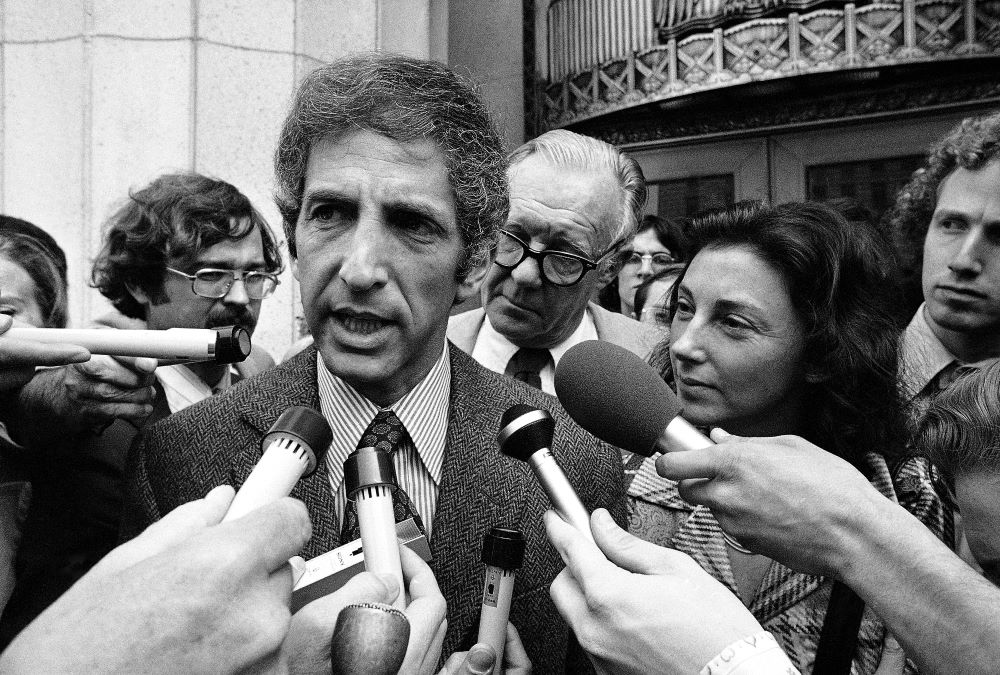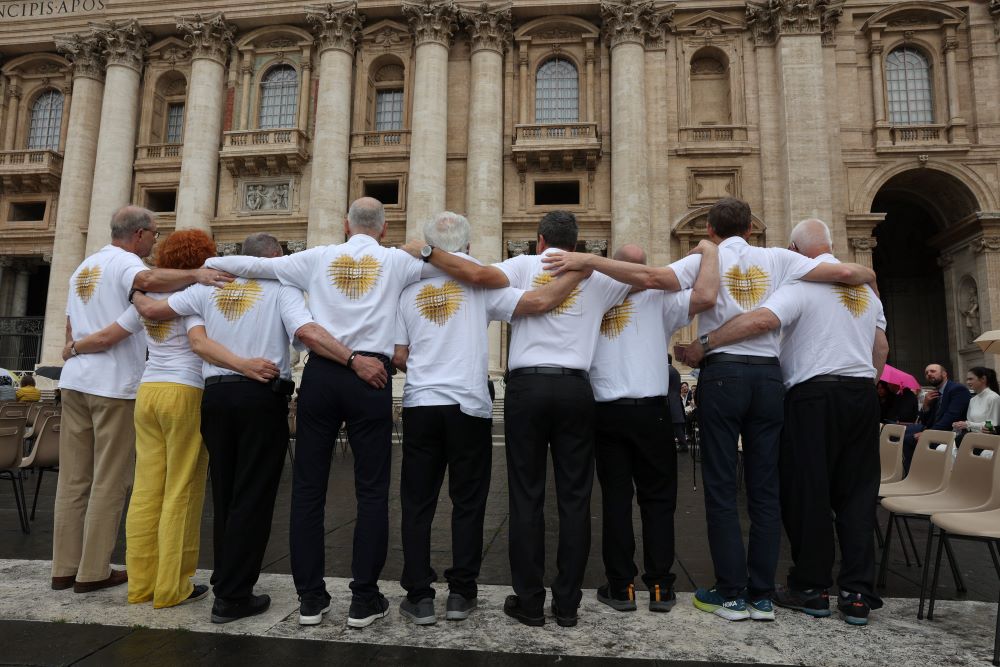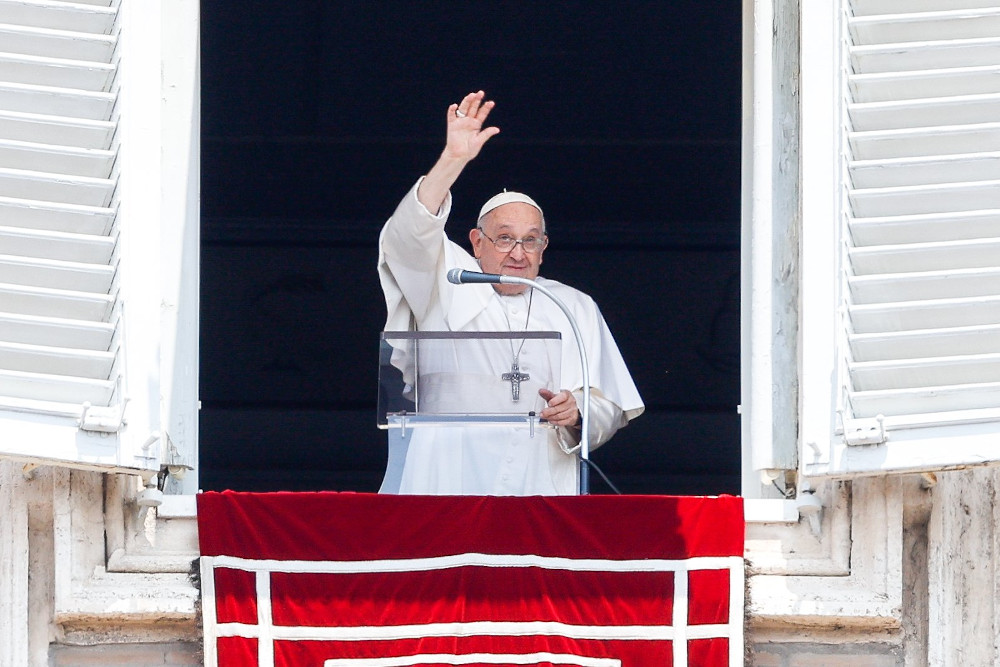
On Wednesday, I began my review of Siblings All, Sign of the Times: The Social Teaching of Pope Francis by Jesuit Cardinal Michael Czerny and Fr. Christian Barone, in which I looked at the beginning of the book and how it explains the pope’s inductive theological method, building specifically on the approach employed by the Second Vatican Council in its « Pastoral Constitution on the Church in the Modern World, » Gaudium et Spes. Today, I shall conclude the review, looking at some of the other important themes in this book.
The third chapter of the book sets forth five principles of discernment drawn from the social teaching of Pope Francis, which are critical in achieving the ecclesiological shift to a more synodal church. It goes without saying that this week’s release of the instrumentum laboris for the forthcoming synod makes this section especially relevant.
This chapter, then, undertakes to overcome one of my continual complaints about the way Catholic social teaching is taught, namely, as something that dropped out of the sky in 1891 with Pope Leo XIII’s encyclical Rerum Novarum. Our social teaching is deeply intertwined with our self-understanding as a church. It is not just a social ethic in a Christian key but an extension of our ecclesiology into the world by means of dialogue and fidelity to the witness of the gospels.
In this chapter, as throughout the book, the authors show how Francis builds on the work of his predecessors and how he also charts new directions. They add their own commentary, and oftentimes that commentary is quite beautiful. So, for example, while discussing the third criterion — « the realism of effective charity » — and emphasizing Pope Benedict XVI’s placement of caritas or love at the heart of our social doctrine, the authors note: « The kenotic or self-emptying orientation that God imposed upon love is a fact; indeed it is the fact, the very revelation of God’s face. »
Advertisement
Here is the answer to those critics who accuse Francis of trying to align the church with the spirit of the age. The age to which the pope calls the church to conform is the apostolic age: We are to become a people who, like the apostles, have seen the face of God and have been changed utterly from that encounter.
The second section of the book delves into Francis’ encyclical Fratelli tutti. The authors jump into the deep end because, it turns out, there is no shallow end to that document, nor to the insights it yields. They note that the text « discerns the good that today bears as a promise of change and openness to the dynamism of grace (chs. 5-7). »
Here we see an echo of something I mentioned in Part I of this review, namely, that when Pope Paul VI came to acknowledge the ambivalence of the concept « signs of the times, » his Magisterium « sought to clarify the category, so that it would not be reduced to a mere recording of ‘facts,’ but that in it one would perceive that abundant ‘more’ that signals God is at work. » We Catholics look to the « signs of the times » for signs of grace, our eyes are informed by theology not just sociology, our discernment moves along lines charted by the gospels. Again, this is no mere capitulation to the spirit of the age but it also stands apart from the dominant deconstructionist approach in the humanities, including theology, today, at least in America.
We see again how the pope’s vision in Fratelli tutti challenges, but does not conform, to the age in the chapter titled « Generating an Open World: Discerning and Judging. » For example, they observe, « Love implies something more than a series of beneficial actions (FT 94) in that it leads to ‘being good’ and not only to ‘doing good things’ (FT 95). Love encourages us to overcome utilitarian morality, in which the pursuit of the good refers primarily to oneself and not to the other. Love, on the contrary, keeps moral action gratuitous and from prioritizing one’s own private interest (FT 102). »
Later, in that same chapter, the authors highlight one of Francis’ most interesting magisterial tics, his tendency to « bring opposing terms together, terms with ‘an innate tension’ between them (FT 142). » This tension is applied to the relationship of the global to local: « Turning our gaze to the global is indispensable if we do not want to remain confined to our own backyard, putting up fences that end up trapping us, » they write. « Vice versa, the global must not engulf what is proper to local realities, namely, domestic and family life in which all experiences of subsidiarity actually take place. »
The seventh chapter, « Building a Better and More Open World, » is faithful to the hopeful vision of Francis, which is, in turn, faithful to the hopeful vision of Gaudium et Spes. « How good it would be to establish an international body governed by law and empowered to sanction those who use economic means to establish hidden forms of neo-colonialism, » Czerny and Barone write. And, later in the chapter, we find this: « As far as war is concerned, it is a mirage to think it could be a valid response to the onset of conflict. »
With my historian’s eye, I see more of the shadow of the cross hanging over the political landscape. Concupiscence infiltrates the mind, flaming not only sexual desire, but the desire for fame or glory, which twinkles at least a little bit in most human eyes. The suffering in Ukraine reminds us that we chart our moral paths in this vale of tears we call history.
Now, I want my popes and councils and theologians urging our political life to seek the better angels of human nature. No one wants a bellicose pope! And we need the teaching of the church to balance the burden of history. Here is an area of Catholic social teaching where I make my own the prayer of the father whose son was possessed by a demon to Jesus for healing: « Lord, I believe; Help me with my unbelief » (Mk 9:23-23).
The last chapter deals with Francis’ vision of the Catholic Church, and all religions, putting themselves at the service of a universal call to all persons to see ourselves as siblings. For regular readers of this column, which so often attends to the estuary where political and religion intermingle, this section will bristle with provocations and insights. The authors again set forth the issues with boldness and, like the pope, they do not try to resolve every tension but seek to make those tensions fruitful rather than fraught.
So, when discussing the path of dialogue in the light of Nostra Aetate, the Second Vatican Council’s « Declaration on the Relation of the Church to Non-Christian Religions, » they write:
… Christian self-awareness is called to hold together, in a dynamic tension, these two constitutive elements of its identity. On the one hand, the certitude that in Jesus is given the full and definitive revelation of God, and so he is the « one mediator between God and men. » (1 Tim 2:5) On the other hand, the certitude that God wants all humans to be saved (1 Tim 2:4) and for this reason makes himself present to them in myriad ways (LG 16; GS 22), not only to individuals who implicitly and subjectively respond to the promptings of grace, but — as John Paul II would late insist in Redemptoris Missio — to entire peoples, cultures, and religious traditions (RM 28).
In my experience, this dynamic tension is generative, and the most profound preachers — people like the late Msgr. Lorenzo Albacete or Archbishop Augustine DiNoia, people capable of breaking open the Gospel anew, like words freshly spoken — are also those who are the least threatened by, and most capable of, interreligious dialogue and dialogue with the secular world.
There is much else in these chapters to which I could call attention. The section dealing with the tension between the public and the private in Chapter 6 is excellent, as is their treatment of religious liberty and interreligious dialogue in Chapter 8. But you should buy the book and read it for yourself to explore these and other important themes. It is really, really good.
I do wish to highlight something I mentioned above and in part one on Wednesday, however. This idea that we attend to the signs of the times with the eyes of faith, seeking « that abundant ‘more’ that signals God is at work, » in Paul VI’s words, leads to an explicit critique of deconstructionism, that approach to the analysis of texts and history that focuses exclusively on power and its relations and, in its various forms of critical theory, seeks evidence of oppression, not grace. « A kind of ‘deconstructionism’ (FT 13) is underway that aims to dissolve historical awareness and undermine the shared memory of past events, » the authors note in Chapter 4.
Earlier, in that same chapter, in discussing the « facile » objections to Francis’ proposal that we all come to recognize each other as siblings, Czerny and Barone observe that one « possible reservation » with the proposal is « the defense of one’s own identity. This objection shuts down dialogue and encounter with those who are different or far away. In this case, the problem is not the attempt, as such, to safeguard one’s own cultural heritage, but rather yielding to the temptation of imposing one’s own worldview on others. … Pope Francis has no qualms about stigmatizing such attitudes as ‘ideologies of different colors, which destroy (or deconstruct) all that is different (FT 13).’ »
In America today, where we are drowning in identity, these words ring true. The profound theological and philosophic issues that undergird these observations quickly get above my paygrade, but I can smell a mile away that they are onto something very important. Is it time to ask whether or not deconstructionism has proven to be a cul-de-sac? A dead end?
Fifteen months ago, at an ecclesial gathering of bishops, theologians and other church leaders at Loyola University, one of the bishops said he thought a foundational issue is that « we live in a culture of grievance but we possess a theology of grace and gratitude. » Since that time, those words have haunted me as profoundly true and profoundly challenging.
Here, in this new volume, I see the kind of focus that can build some bridges out of the socio-cultural impasse to which the bishop referred. It is a significant contribution, one of many in a book chock-full of important theological contributions. It should be widely read and deeply engaged. Cardinal Czerny and Fr. Barone have done something wonderful. This book is, itself, evidence of « that abundant ‘more’ that signals God is at work. »
